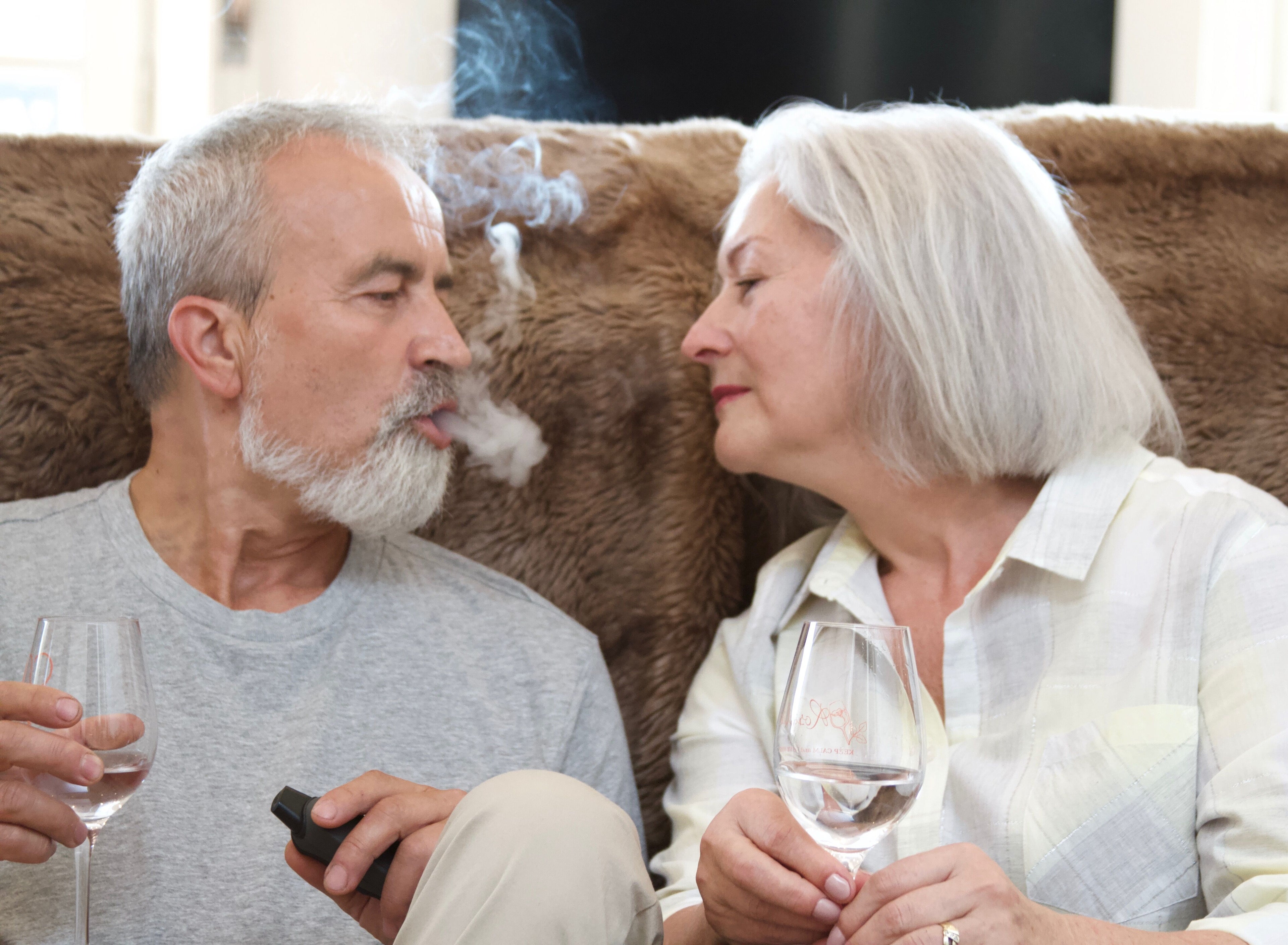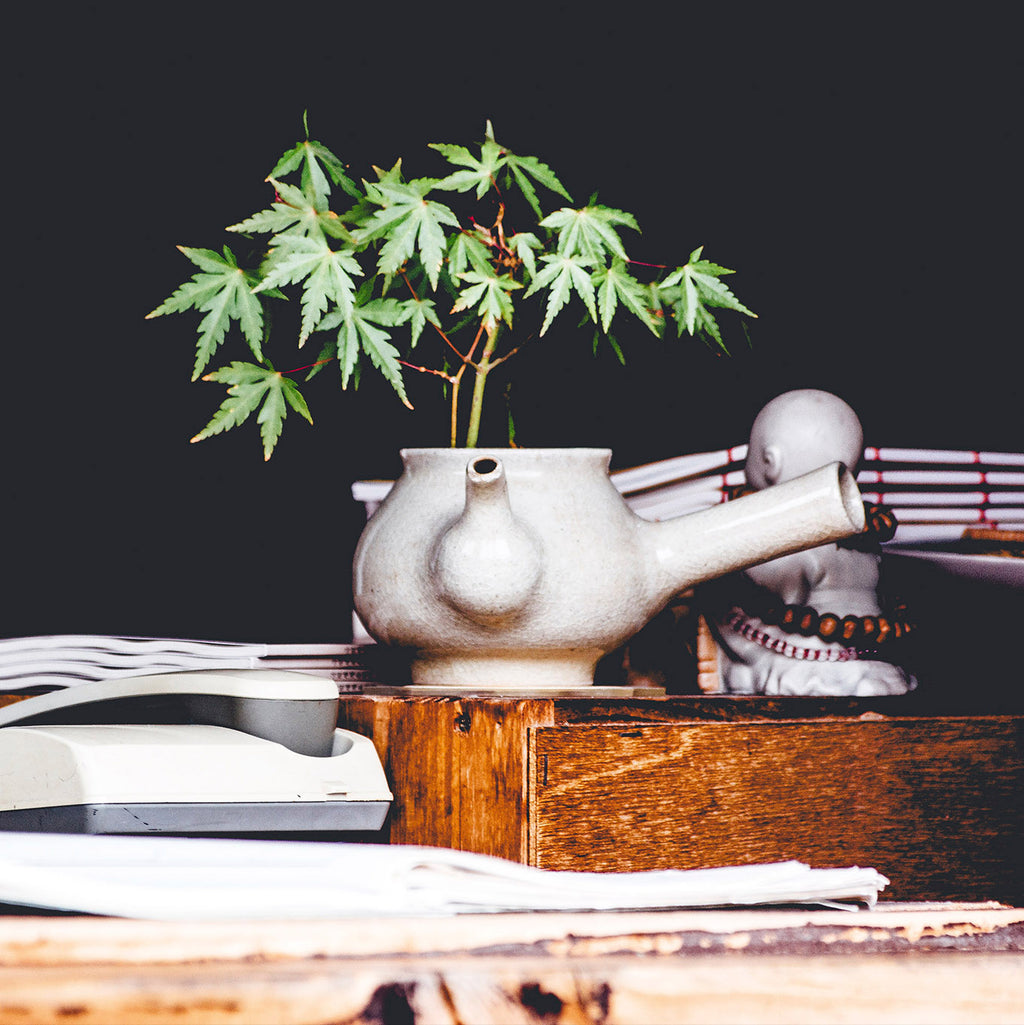Micro-dosing loose leaf

Micro-dosing loose leaf:
What is it, whether it works and its benefits/drawbacks
The cannabis industry is booming and public opinion for it is on the rise: 61% of Americans are in support of legalizing loose leaf. With an increasing number of states legalizing for recreational and medicinal purposes, an increase in production, legalization of hemp and an improvement of public perception has seen a significant change in the amount of research that has been conducted on cannabis and how we use it. In the earlier days, we stuck to smoking loose leaf for recreational purposes with an occasional edible. Now we have a wide variety of options like vapes, tinctures, powders for drinks and more. Coming to modern day, there’s been a slight shift in consumption patterns among a small sub-set of users. Instead of ramping up on dosage and quantity, the direction taken is reversing. More and more people are opting for what is known as microdosing. But what is it?
Micro-dosing: What it is and its origins
With the advent of legal pot, there’s been a push for more and more consumption; THC/CBD concentration in the loose leaf you buy is on the rise. It makes sense with the partial (and soon total) legalization of the dry herb. More consumption would mean more money for the government through taxes.
Microdosing is the opposite of increased consumption. The focus here is to reduce the quantity and potency of a substance yet aiming to retain or even maximize the benefits of it. Having started in Silicon Valley as a way to improve productivity and mood, Microdosing has for the majority of its existence identified itself as limited to psychedelic substances (loose-leaf isn’t psychedelic, it is, however, psychoactive) and the likes of Steve Jobs and Bill Gates have experimented with it.
Microdosing psychedelics started out as a productivity tool, with the likes of Steve Jobs and Bill Gates experimenting with it
However, microdosing didn’t become popular with loose leaf immediately, and there are a few compelling reasons for it. For one, people assumed that since microdosing is effective with psychedelics, it’ll be likely for it to work with other substances too. This didn’t work out very well with amphetamines, with instances of people trying to microdose it. It’s a very bad idea because it can cause reduced dopamine sensitivity, further resulting in irritability, a bad mood, and depressive episodes that can lead to permanent damage.
On further exploration, we realized that microdosing loose leaf doesn’t have negative side effects (at least not more than what already exists). The reason for that is simple: amphetamines work primarily through neural networks and respond to stimulus from the hypothalamus. Loose leaf is similar, except we have specific receptors (cannabinoid receptors) only for THC/CBD and other elements from loose leaf, which is why microdosing loose-leaf is beneficial.
Process and efficacy of micro-dosing
Most people tend to microdose loose leaf using edibles, which can be a hit or miss depending on your source, personal tolerance, health issues and even how hungry/not hungry you are. We’ve already covered why edibles aren’t the most precise way to go about dosage, which is why many doctors and professionals tend to recommend tinctures or capsules. They don’t have the drawbacks of edibles (latency, dosage issues) and tend to stay for a short period of time, which is beneficial for many.
Edibles are the most popular microdosing tools. However, tinctures and capsules might be a better option
In cases of edibles, people tend to use around 2-3 mg of THC/CBD (or both) that is mixed with food. In most cases, it’s the equivalent of a bite off of a cookie or a chocolate. Microdosing through edibles is usually recommended for when you have to work, as they tend to last throughout the workday, are discreet and tasty.
Tinctures work on a similar concept: reduce the dose significantly by using only a drop under the tongue. It usually lasts for around two hours.
If you want to go even simpler, you can also go for a vape or a joint. The process is simple: take a couple of drags, wait for 10 minutes and see if you feel a difference. If not, take another one. In most cases, the second drag does the trick.
Does it work?
We’ve actually tested this for ourself and the results have been pretty interesting. One of the main reasons we found out why people want to microdose is that too much loose leaf tends to cause anxiety, panic, and paranoia as side effects. This was one of the most noticeable differences in our experience: the “side effects” of bud were massively reduced. Otherwise, there was an occasional improvement in mood and an increased sense of relaxation and euphoria, which made a big difference. An important thing to note is that there were instances where there were no effects observed.
On digging a little further, there have been several cases of people not feeling any effects whatsoever from microdosing on loose leaf. This could be due to high tolerance and other genetic factors. Micro-dosing loose leaf is an extremely new concept, so there’s little research that points us towards how and why people do and don’t experience the effects of it.
Benefits of micro-dosing
One of the biggest benefits of microdosing is that the side effects that one might face from a normal dose (anxiety/panic, paranoia, cottonmouth, poor short term memory, reduced motivation) are all massively curbed due to the reduced dosage.
On a broader note, studies have shown that lower doses of THC and CBD are more effective against chronic health conditions like PTSD, Multiple Sclerosis and depression and consistent with our own findings, it elevates mood, reduces anxiety/panic and curbs side effects.
Drawbacks of micro-dosing
When it comes to drawbacks, self-control can be a big obstacle when it comes to micro-dosing. It feels weird to not take another drag from your joint or vape or finish that half-eaten brownie in your fridge. Along with this have been instances where people don’t seem to see any noticeable effects from micro-dosing. However, an important point to note is that many people seem to equate a small dose as a small high, which isn’t necessarily the case. We can see the medicinal effects from micro-dosing while not being high at all, and that’s one of the biggest misconceptions of micro-dosing loose leaf: you don’t have to feel high to notice a difference.

The aim of microdosing isn’t to get high: this misconception has led to people doubting its efficacy
Aside from these, there aren’t any discernable drawbacks of microdosing pot. As mentioned previously, there’s very little information or research that’s been conducted to reach pin-point accurate conclusions.
Conclusions
Microdosing has never been about recreational use. Most of its benefits are for people who use loose leaf (and psychedelics) for medicinal purposes and in that arena, it shines. While microdosing loose-leaf isn’t as widespread as microdosing psychedelics, its popularity is on the rise and the sky's the limit for it. Legalization is on an upswing in several states across the US and even worldwide. Luxembourg became the first country in Europe to fully legalize cannabis, Canada legalized last year and hemp is seeing widespread positive reception and legalization across the world. Microdosing could one day be the drinking equivalent of knocking down a couple of beers, and the thought of such an experience is exciting, to say the least.





